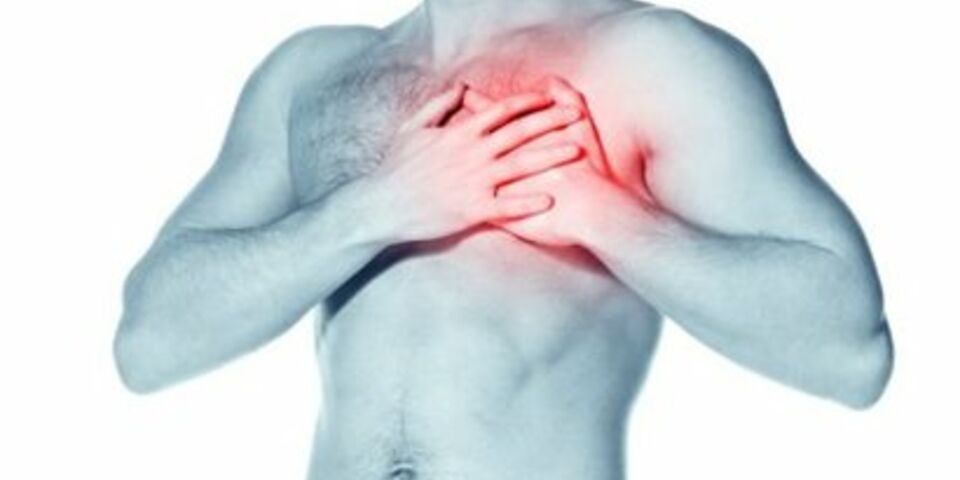Heart Foundation supports packaging medicines in gel
The Dutch Heart Foundation (‘Hartstichting’) is investing 1.5 million euros in research by TU/e, the Hubrecht Institute and UMC Utrecht into the development of a new method to improve the delivery and retention of medicines in the heart. The aim is to improve the effectiveness of repair of the heart muscle after a heart attack without adverse side‑effects.
A heart attack is frequently followed by loss of function of part of the heart muscle, which reduces the pumping capacity of the heart (heart failure). Scientists have high expectations of specific new medicines that will help to repair the heart muscle after a heart attack.
“These medicines work on the basis of specific genetic material call microRNAs”, explains Eva van Rooij, one of the research leaders. “But we haven’t yet succeeded in keeping this material in the heart for long enough. As well as that, they have undesired side-effects outside the heart – in the kidneys, lungs and liver.” Van Rooij started a partnership with TU/e researcher Patricia Dankers. “We make a special gel which is injected through a catheter into the heart after a heart attack,” Dankers explains. “This allows us to make sure the medicines reach the right place inside the body, where they are released at the right moment to do their work. Our aim is to develop the gel so that it then breaks down inside the body, after which the waste-products leave the body through the urine.”The researchers expect that this new method will contribute to effective and safe recovery of the heart after a heart attack.The Dutch Heart Foundation is investing 1.5 million euros in this research, which extends from 2015 to 2020. It is led by dr. Patricia Dankers and dr. Eva van Rooij (Hubrecht Institute Utrecht). UMC Utrecht (University Medical Center Utrecht) is also involved in the research.


Discussion